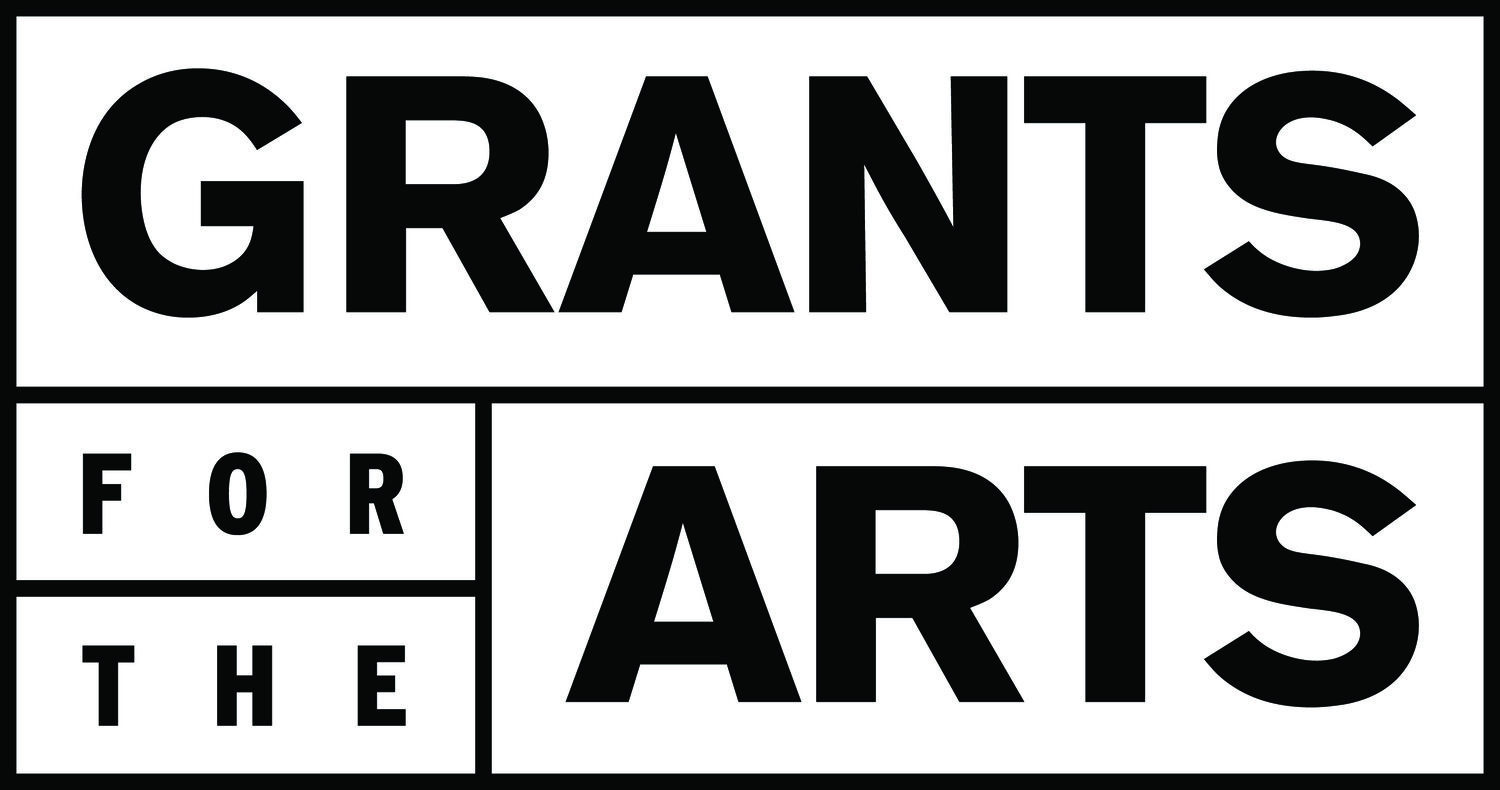Honorable Mention Artists
SF Camerawork proudly announces the FORECAST 2023 Honorable Mention list. The exhibition jurors and SF Camerawork staff were impressed by the rigor and beauty expressed in the projects of these emerging artists, and we are excited to present a selection of their work online. This is the inaugural year of the Honorable Mention list as a part of FORECAST, and SF Camerawork is thrilled to be able to champion the work of more image makers during our annual juried exhibition. We invite you to learn about their work through their own words below!
Claire Dunn | Yi Hsuan Lai | Diane Meyer | Lorena Molina | Jason Reblando | Brandon Tauszik
Claire Dunn
Every place has different qualities: a different climate, atmospheric pressure, specific crystals and minerals with a variety of properties, and more. This constellation of materials and conditions creates a unique living experience. The codes of the place are imprinted in the human beings who live there. Even weather conditions have influenced the beginning of the different religions across the world.
In these photograms, I explore the patterns and textures of this earthly matter in different places: its innate celestial properties and luminosity. These abstract images are a combination of my analog macro photographic documentations of patterns in nature, the imprint of my own DNA (from hair and saliva) and the impressions left behind by fragments of mirror that bear my own fingerprints. After the process is finished in the darkroom, I carve unique dynamic abstract drawings with different tools such as sandpaper, Exacto knives and nails.
Throughout history it's been said that we come from the stars. Although these images come from nature– the world under our feet– they suggest mysterious constellations. They question whether there is any difference between cells and galaxies.
Website: www.clairedunn.org
Instagram: clairedunn____
Yi Hsuan Lai
Ongoing Narratives is a collection of work that fluctuates between traditional photography and photographic collages. In this project, I collect discarded objects and disposable packing materials from the urban streets, such as bubble wrap, foam, cardboard boxes, and scrap pieces of wood from my urban surroundings. I repurpose these unwanted materials to make assemblages and then stage them to create surreal still life and self-portraiture. The objects are assembled and intertwined, leaning on each other hazardously in front of the camera. I use photography to convey their ephemeral and transient place in the world into bodily and psychological landscapes.
The medium of photography provides a temporary sense of belonging between the fragility and precarity of disposable materials and the ephemeral nature of our existence - reflecting my experience of emigration. I am like a stroller in collecting those used and unwanted materials spontaneously, through rebuilding their contexts and redefining their meaning in the photograph, as if I am responding to my own experience as the immigrant searching for a new land that can ultimately become my home. Through the eyes of the lens, I attempt to capture those forgotten objects to reveal their visceral and phenomenological quality into sentient beings. These materials lose their original intention and function because I have created a new world for them to exist within.
Using my photographs to make photographic and sculptural collages, print images on soft materials such as nylon lycra and vinyl through a cut-out, and stack the images to each other. The perceptual ambiguity oscillates between soft and hard surfaces. The work fluctuates between the real and the virtual, two and three dimensions, the mundane and the whimsical.
Website: www.flaneurshan.com
Instagram: flaneur_shan
Diane Meyer
Recently, I completed a series of 43 hand-sewn photographs that were taken along the entire roughly 100 mile circumference of the former Berlin Wall. When I first arrived in Berlin, I started to following the part of the wall as a means of exploring the city, and I became interested in the ways in which the wall still felt very present even though it was no longer physically there.
Sections of the photographs have been obscured by cross-stitch embroidery sewn directly into the photograph. The embroidery is made to resemble pixels and borrows the visual language of digital imaging in an analog, tactile process. In many images, the embroidered sections represent the exact scale and location of the former Wall offering a pixelated view of what lies behind. In this way, the embroidery both reveals and conceals the wall and appears as a translucent trace or ghost in the landscape of something that no longer exists but is a weight on history and memory. I am interested in the porous nature of memory as well the means by which photography transforms our understanding of the past. By referencing the aesthetics of pixelization, a connection is being made between forgetting and file corruption.
The images were taken in the city center as well as the outskirts of city where I followed the former path of the wall through suburbs and forests. I was particularly interested in photographing locations where no visible traces of the actual wall remain but where one can still see subtle clues of its previous existence. These clues include incongruities in the architecture that occurred as new structures were built on newly opened land parcels, changes in streetlights, or newer vegetation. Often the embroidered sections of the image run along the horizon line forming an unnatural separation that blocks the viewer. This aspect of the sewing emphasizes the unnatural boundaries created by the wall itself. The sewing, which is soft and domestic provides a literal contrast to the concrete of the wall and a metaphorical contrast to its symbolism.
Website: www.dianemeyer.net
Instagram: @dianemeyerstudio
Lorena Molina
Through the use of photography, video, performance art, and installation art, I explore intimacy, identity, pain, and how we witness the pain of others. My work interrogates relationships and the formation of relationships as political acts that are guided by negotiations of power and privilege.
At the core of my work is an exploration of spatial inequalities and the challenges that oppressed groups face in constructing place and establishing a sense of belonging.. My work is driven by a deep sense of displacement experienced after a 12 year old civil war forced my family and I to immigrate to the United States. Most of my work stems from a need to find and build community in a way that it’s both tender, accountable, challenging through difficult conversations that makes everybody involved actively question their position and privileges in society.
For the past 4 years, I’ve been exploring questions about identity in the margins. I view the margins both where extreme violence and pain happens, but also as a place for resisting, dreaming, healing and thriving.
The images in, This must be the place, include still life arrangements, landscapes, and portraits that represent and attempt to piece together what my home in the margins looks like. As well as a reconciliation, acceptance and celebration of the immigrant experience that seeks to center my experience and place in the world outside of the trauma of displacement; thus creating a place that allows for joy, beauty, pleasure, slowness and decadence.
Website: www.lorenamolina.com
Instagram: thirdspacegallery.cincy
Jason Reblando
In an 1895 photograph from the University of Michigan Philippine archives, a smiling Filipina faces the camera, posing in front of lush tropical trees with a hand on her hip. The bottom half of her body is wrapped in an intricate tapestry, and the top half of her body is naked, except for beaded necklaces. Written into the photograph is the title “Young Ifugao Belle, 382.” This image is just one of thousands of photographs taken by American colonizers who were eager to create a narrative of white saviorism and thus shape the way Americans perceived the Philippines throughout the twentieth century.
I am a Filipino-American photographer and artist, and for my project Field Notes I create photocollages based upon archival images from the American colonial period in the Philippines. By physically cutting, pasting, and rearranging various elements of images upon images, I aim to deconstruct and critique the colonial gaze, while attempting to reclaim the photographic narrative. In some collages, the cut patterns reference textile-makers across the Philippine archipelago, while in other collages, shapes and silhouettes allude to a problematic colonial past.
My aim of decolonizing the archive has brought me to repositories such as the University of Michigan Museum of Anthropological Archaeology, the Huntington Library in San Marino, California, the Peabody Museum of Ethnology and Archaeology at Harvard University, and the Missouri Historical Society, host of the Philippine Exposition at the 1904 St. Louis World’s Fair.
Field Notes is a meditation upon the long, complex relationships between the Philippines and the United States, anthropology and photography, and mass media and society. By weaving historical photographs into my own contemporary art practice, I recontextualize archives that codified colonial power dynamics between the United States and the Philippines. Ultimately, I hope that my project will contribute to a growing conversation by contemporary artists who are eager to interrogate the colonizing power of the archive, not only for Filipinos, but for all members of the Global South.
Website: www.jasonreblando.com
Instagram: @jjrebs
Brandon Tauszik, Fahim at a work training program in Oakland, 2022
Brandon Tauszik, Jose attends a family barbecue in Stockton. 2022, Cinemagraph
Brandon Tauszik
Facing Life is a multimedia web-based project that chronicles the experiences of eight individuals who were once facing life sentences in California’s prison system. Over the course of three years, the project’s participants were profiled as they faced everyday challenges while readjusting to today's way of life. Their stories are shown through cinemagraphs, videos, 360 VR clips and text; all living within a custom website experience. The result is an intimate and extensive look into the ups and downs of re-entry in California. View the project here: http://facing.life.
Website: brandontauszik.com
Instagram: @be_dizzle
Brandon Tauszik. Robin and her former cellmate Nancy on their porch in Fresno. 2022. Cinemagraph
Brandon Tauszik, Melvin outside his childhood home in Compton. 2022, Cinemagraph























